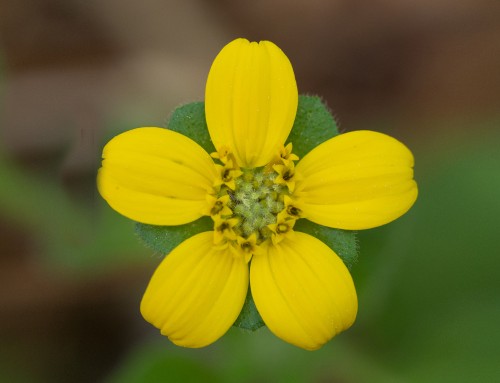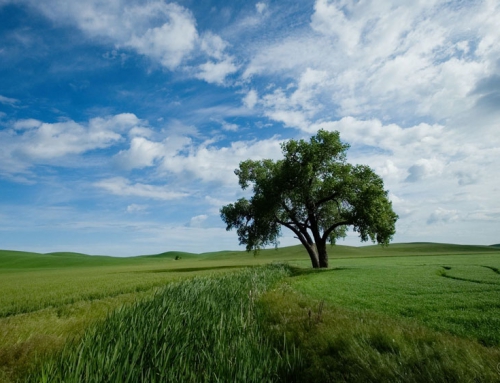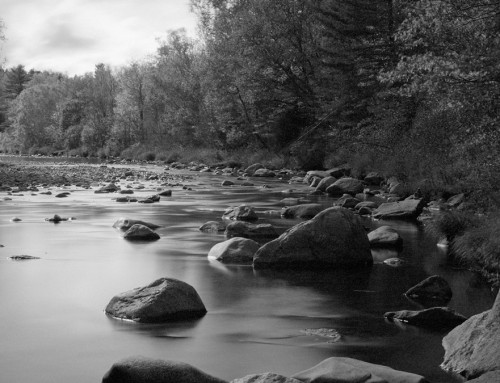The gradient tools enable you to blend the adjustments or presets you apply to your photos with smooth, adjustable fades. This tutorial demonstrates how to use gradients for creating uniform blends between editing corrections, designating where edits are applied, and more.
Photo: Scott Stulberg
Transcript
Controlling edits
Layers and layer masks provide lots of creative control over editing adjustments. Masks designate where the edits on the layer are applied to your photo. The gradient shapes define a mask and provide adjustable handles for smooth transitions.
Gradients can easily be integrated with other forms of masking. In addition to a gradient shape, you can use the Brush tool to paint areas of the mask by hand. Or you can add a gradient to a selection you’ve already made. And you can use the color constraint controls to generate masks based on the colors in your photo. There are several videos on our website that demonstrate using the various tools for creating masks in Exposure.
Gradient Shapes
The gradients in Exposure come in three varieties. The first shape, Radial, works in many different scenarios, such as drawing attention to the subject in portraits. It can also be used creatively for fine art images, landscapes, macro shots, and more.
Click and drag within the region to move it. Use the handles to stretch, rotate, and resize. Drag the dotted circle to adjust the transition.
Remove the selected shape with delete.
Planar gradients come in two varieties, planar and half planar. Planar gradients affect the image in both directions from the center line. This shape works well in images with strong linear components, like landscapes, or architectural photos.
Half planar gradients affect the image in only one direction. The half-planar shape is a great solution for darkening an overexposed sky, or selectively adding contrast on a horizon.
Move the region by dragging. Control the angle of the shape with the solid line.
The movable dotted lines indicate where the effect fades completely out.
Controls
Note the Active dropdown in the Add Gradient section. This is where you can select from each gradient applied to the image. When using multiple shapes on the same layer, press Collapse to shrink the region controls. Expand collapse regions by clicking the handle.
Each gradient shape added has its own Opacity control. Adjustments made to the gradient opacity control are reflected in the mask thumbnail. Notice how the second region appears grey rather than black.
Check the Erase box, or press Invert to reverse the mask boundaries.
Remove unwanted gradient shapes with Delete.
Toggle Show Mask to visualize the masked area on the large preview image in the middle of the screen. Note the red highlight.












